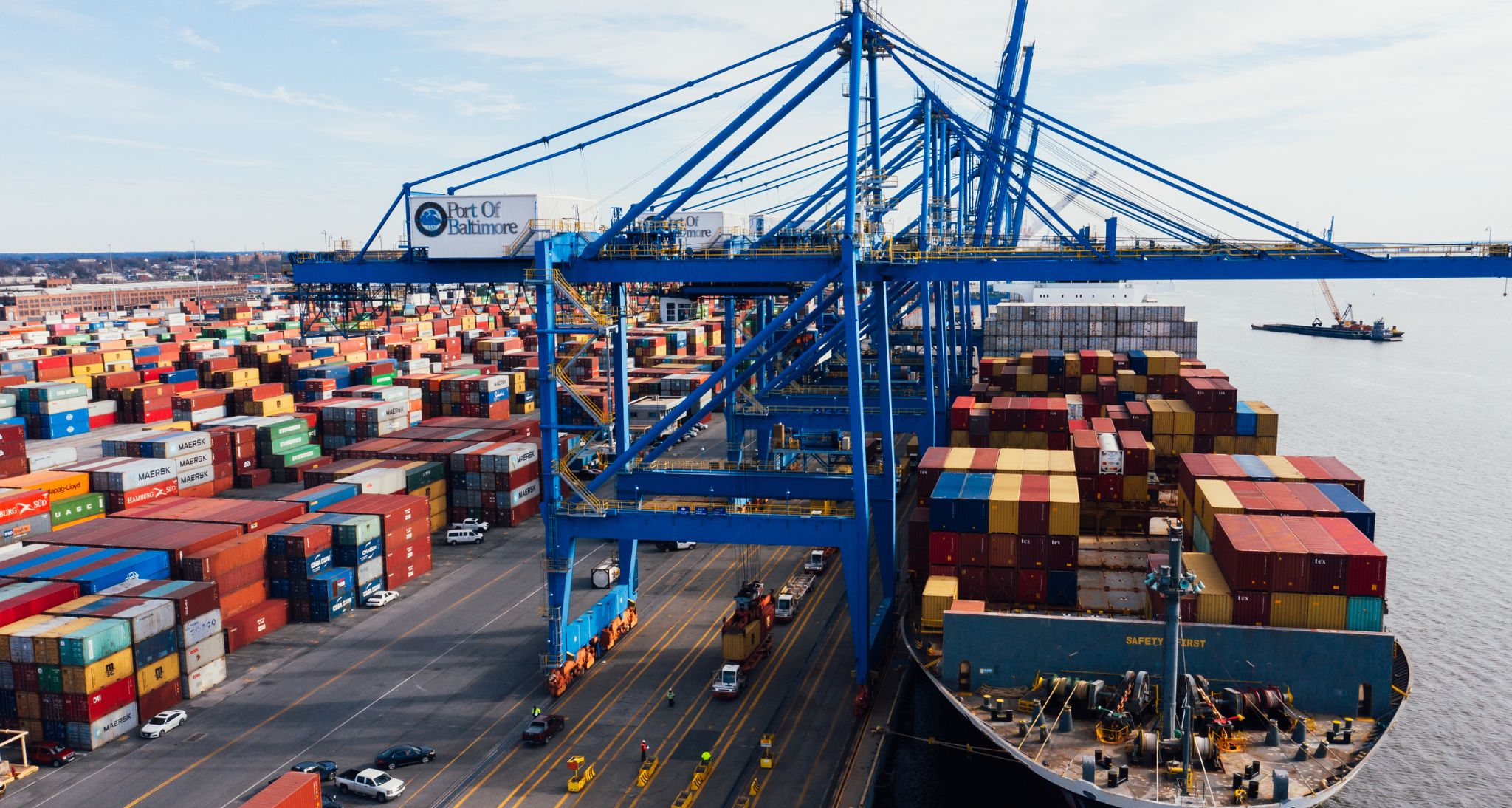In logistics and commerce, warehouses play a central role in storing and distributing goods. Yet many businesses face the serious issue of inventory shrinkage—a problem that causes significant financial losses and undermines brand reputation.
Industry reports show that inventory shrinkage can account for 1%–3% of total goods value, which for medium and large companies can translate into hundreds of millions of VND in losses each year. Identifying the causes of loss and implementing effective preventive measures is essential to protect assets and optimize operations.
Main Causes of Inventory Loss
1. Errors in Management and Counting
-
Manual data entry and paper records easily lead to quantity mismatches.
-
Infrequent inventory checks result in discrepancies between actual stock and system records.
2. Employee Fraud or Negligence
-
Warehouse staff may exploit procedural loopholes to steal goods.
-
Lack of supervision creates opportunities for internal theft.
3. Weak Security Systems
-
Insufficient or poorly positioned surveillance cameras.
-
Uncontrolled access to entrances and loading areas.
4. Poor Inbound–Outbound Processes
-
No multi-step confirmation process.
-
Missing or unarchived electronic documentation.
5. Natural Disasters or Unforeseen Risks
-
Fire, flooding, termite or pest damage.
-
Goods damaged without timely updates in the system.
6. Overloaded Warehouse Operations
-
Goods stacked chaotically, making control difficult.
-
Limited space complicates management and supervision.
Effective Solutions to Prevent Inventory Loss
Implement a Warehouse Management System (WMS)
-
Automates inbound–outbound–inventory processes to reduce data entry errors.
-
Updates stock data in real time, making reconciliation during audits easier.
Enhance Warehouse Security
-
Install high-quality surveillance cameras in all critical areas.
-
Use access control systems such as key cards or fingerprint scanners.
-
Equip the warehouse with anti-theft and fire alarm sensors.
Standardize Inbound–Outbound Procedures
-
Clearly define responsibilities for warehouse staff, accountants, and supervisors.
-
Require multi-level approval for every inbound or outbound transaction.
-
Store electronic and paper documents in parallel to avoid data loss.
Conduct Regular and Surprise Audits
-
Schedule monthly or quarterly inventory checks, combined with unannounced inspections.
-
Compare physical counts with system data to detect discrepancies early.
Train and Raise Staff Awareness
-
Provide professional training emphasizing honesty and data security.
-
Create transparent reward–penalty policies to encourage compliance.
Insure Goods and Manage Natural Disaster Risks
-
Purchase warehouse insurance to minimize losses from unforeseen incidents.
-
Install fire prevention equipment, humidity controls, and pest protection.
Benefits of Preventing Inventory Loss
-
Reduce direct financial losses.
-
Increase reliability with customers and business partners.
-
Optimize warehouse operating costs and improve overall supply chain efficiency.
Recommended Actions for Businesses
-
Assess current warehouse conditions: Identify risk points and high-loss areas.
-
Invest in technology and security: Choose suitable WMS software, surveillance cameras, and access control systems.
-
Build strict procedures: Standardize every inbound–outbound step and enforce multi-level confirmations.
-
Train staff and strengthen internal communication: Improve awareness of goods protection and transparency.
-
Monitor and improve continuously: Regularly review and adapt processes to changing conditions.
Inventory shrinkage is a serious but controllable issue. By implementing modern WMS technology, enhancing security, and standardizing warehouse procedures, companies can reduce financial losses, increase transparency, and improve operational efficiency—critical factors for sustainable growth and long-term success in the logistics industry.



